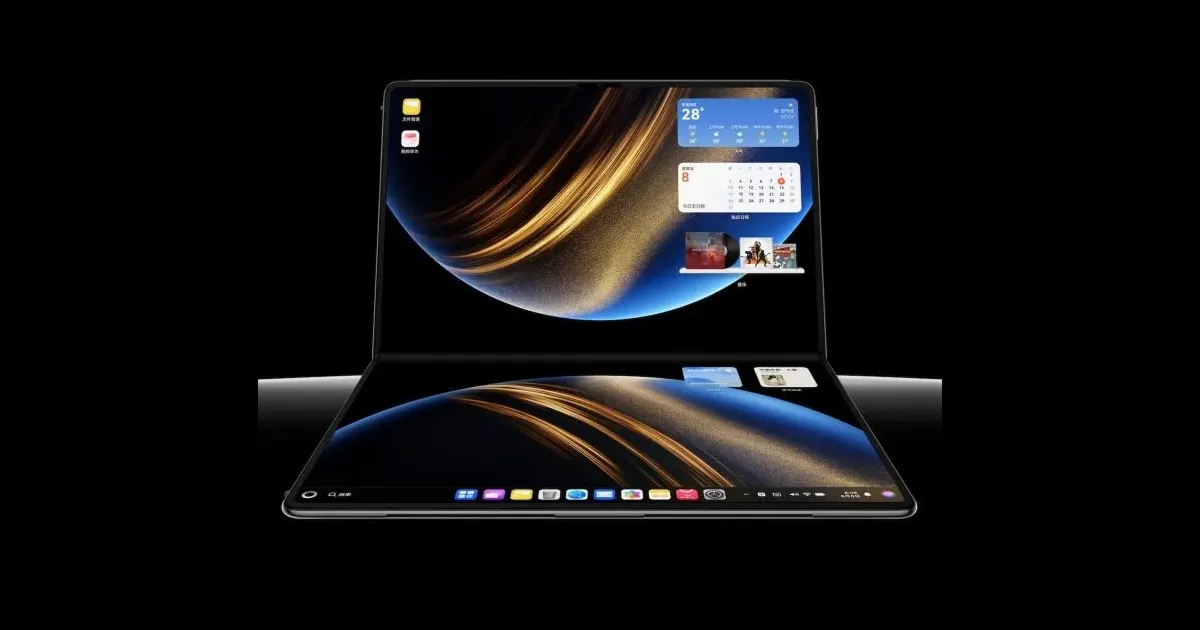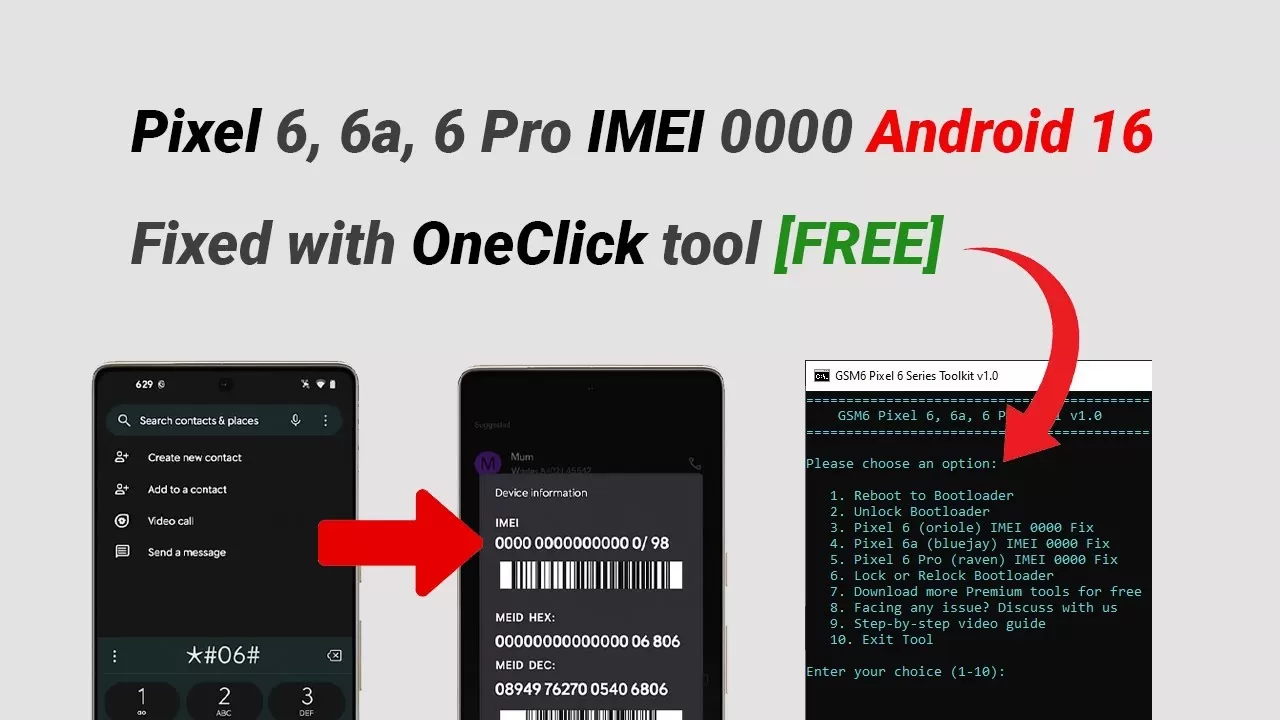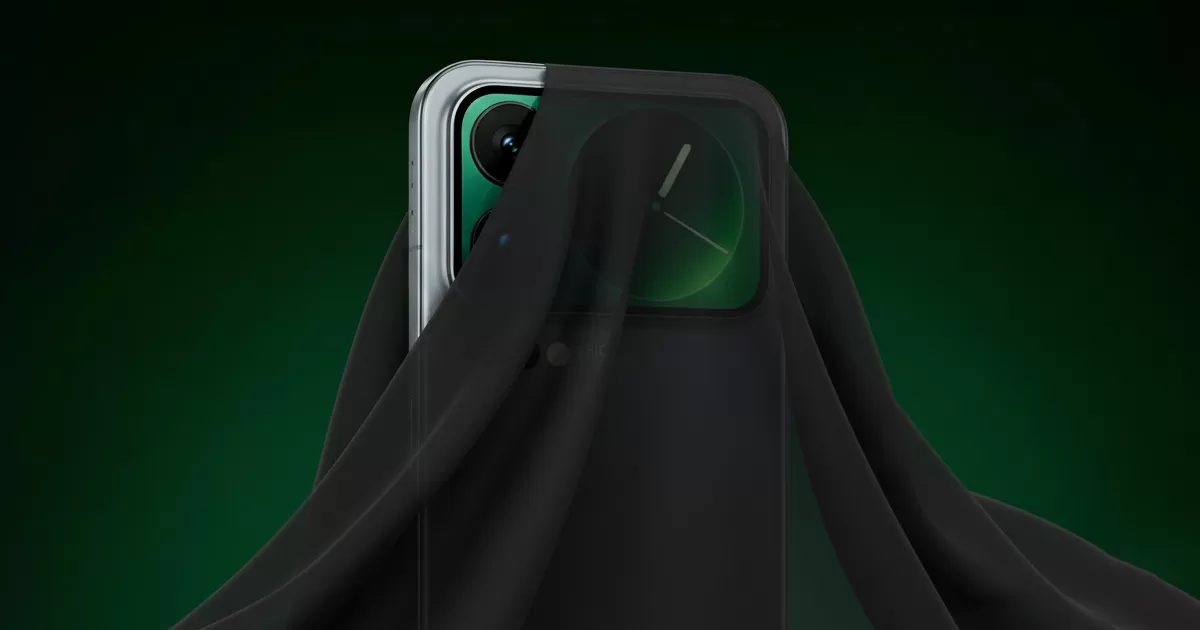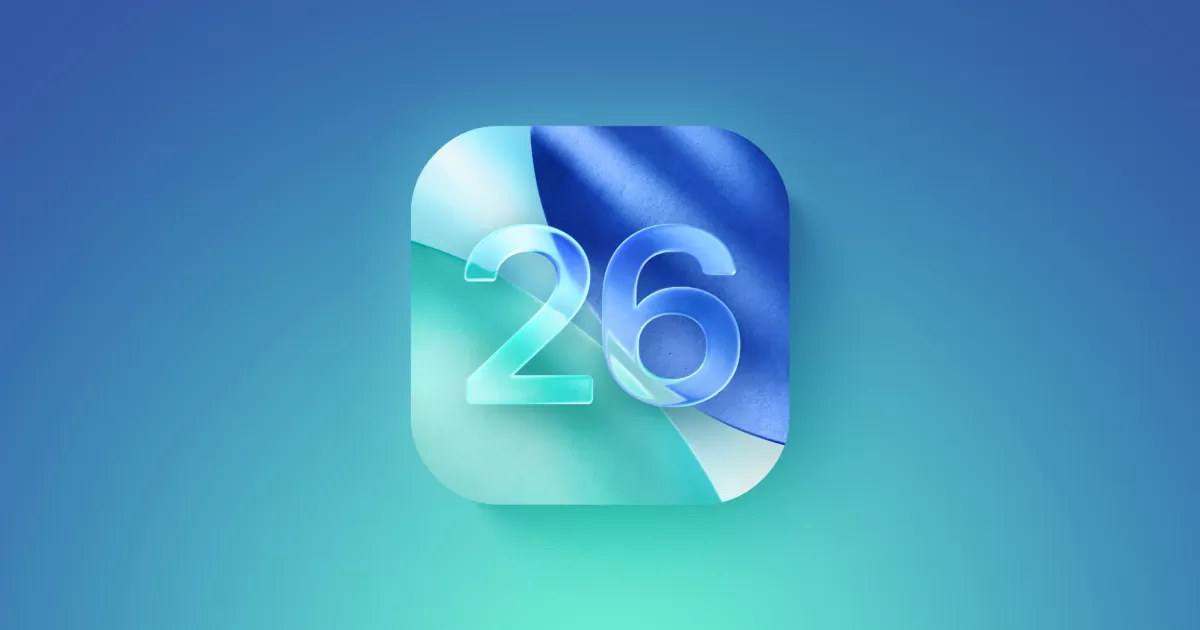
Huawei Debuts HarmonyOS Laptop With 18-Inch Folding Display
💻 Huawei Unfolds the Future: 18-Inch Folding Laptop with HarmonyOS
Big screens just got portable. Huawei has stepped boldly into the spotlight again—this time with a laptop that bends the rules—literally. Meet the new MateBook Fold Ultimate Design: a sleek, 18-inch folding laptop running the company’s own HarmonyOS 5. Oh, and no Intel or Windows in sight.
📱 A Laptop That Folds Like a Tablet
At a glitzy event in Shenzhen, Huawei showed off its flagship foldable laptop. The device transforms from a full 18-inch OLED tablet down to a 13-inch laptop form factor. It pairs with a detachable keyboard that snaps in magnetically. Imagine having both a giant canvas and a compact workspace—without the bulk.
Pricing starts at ¥23,999 (roughly $3,326), with a higher-end 2TB model costing ¥26,999. Preorders are open now, and shipping starts June 6.
🖥️ HarmonyOS Takes Center Stage
Huawei’s HarmonyOS has matured fast, and this laptop is the clearest sign yet. Both new devices (including a slimmer 14.2-inch MateBook Pro) ditch Android compatibility completely. Instead, HarmonyOS 5 focuses on a fluid experience across laptops, phones, tablets—even smart home devices.
It’s all part of Huawei’s mission to reduce reliance on US tech. With HarmonyOS now untethered from Google and Android roots, the company is carving out its own path in China’s broader push for tech self-sufficiency.
🔐 No Intel, No Qualcomm—So What's Inside?
Huawei didn’t say much about what’s under the hood. No surprise, considering the scrutiny. But based on hints from Huawei Consumer CEO Richard Yu, the laptop runs on in-house silicon—likely next-gen Kirin chips. “The high cost reflects our advanced new manufacturing technology,” said Yu, confirming earlier leaks.
🧠 Built-In AI & Ecosystem Perks
The laptops come loaded with Huawei’s AI assistant Celia, capable of generating meeting notes, summarizing documents, and pulling up info on demand. Think of it as a productivity co-pilot—especially handy in business settings.
They also support popular HarmonyOS-native apps like WPS Office (China’s Microsoft Office alternative), DingTalk, Bilibili, Feishu, and RedNote.
The interface itself blends mobile and desktop elements. You’ll find a familiar dock (hello, macOS users!) and an icon-friendly home screen that feels right at home whether you’re tapping or typing.
🧭 What This Means for Huawei—and the Market
This launch is more than just hardware. It’s a statement. Huawei is showing that even with sanctions and roadblocks, it can innovate at a global level. The MateBook Fold isn’t just another folding device—it’s a glimpse into how computing might evolve outside the West’s tech ecosystem.
While these laptops won’t be cheap, they mark a turning point. With HarmonyOS apps growing fast (Huawei expects over 2,000 native apps by year-end), the company is clearly betting on a complete ecosystem rebuild—from silicon to software.
🎯 Final Thoughts
If you thought folding screens were a gimmick, Huawei’s latest release might just change your mind. Between a stunning display, native AI tools, and HarmonyOS integration, the MateBook Fold Ultimate Design might be one of 2025’s boldest laptops yet.
What do you think? Would you go all-in on a foldable laptop without Windows or Intel inside? Hit the comments below and let us know. 👇





Comments (0)
No comments yet. Be the first to comment!
Leave a Comment